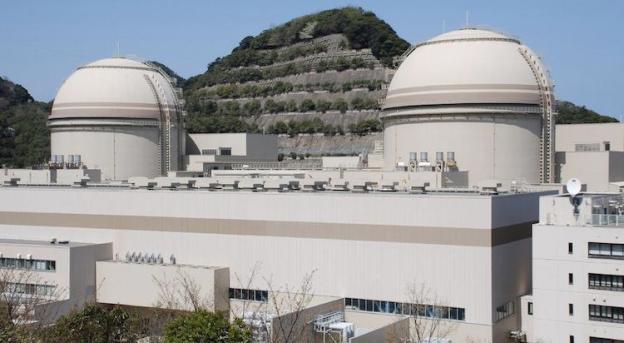
It would be a massive understatement to say that 2011 was a bad year for Japan. On March 11 a 9.0 magnitude earthquake struck just off the coast of the Oshika Peninsula. It would have been bad enough had the country merely been hit by the strongest quake it had ever seen (and the fifth strongest in recorded history), but the horror was compounded by a massive tsunami generated by the quake that swept miles inland. Along with a sizable loss of life and property, this huge wall of water also set off a number of nuclear accidents, the most notable being the meltdown of the three reactors at the Fukushima Daiichi Nuclear Power Plant which leaked radiation over a wide swath of the nearby countryside as well as hundreds of thousands of Japanese citizens.
In the wake of this tragedy the country slowly shut down the entirety of its nuclear power grid, eventually leaving 50 total reactors with nothing to do but sit and wait. Thanks to economic pressures and the rising seasonal demand for electricity however, that all changed today as the number three reactor at the Ōi Nuclear Power Plant was restarted.
Though the move was primarily motivated by necessity and cold, hard cash, officials have made their commitment to safety quite public. This particular reactor was selected as the first to resume service only after it passed strict new government safety guidelines for Japan’s reactors enacted last July in an effort to ensure that the Fukushima Daiichi disaster never happens again.
While this move has drawn criticism from opponents of nuclear energy, it seems that restarting the reactors is really the only way for the country to have the electricity reserves necessary to get through the summer. Prior to the Fukushima disaster, Japan’s 50 nuclear reactors generated nearly 30 percent of the country’s total power. With summer’s heat looming, officials worry that alternate forms of energy wouldn’t be able to cover the demands of a country where massive swaths of people will be running air conditioning units for hours a day to cool their sweltering homes. Thus nuclear power, despite the horrors it has recently inflicted on the Japanese, seems to be the only viable option, lest the heat and humidity be compounded by rolling blackouts.


